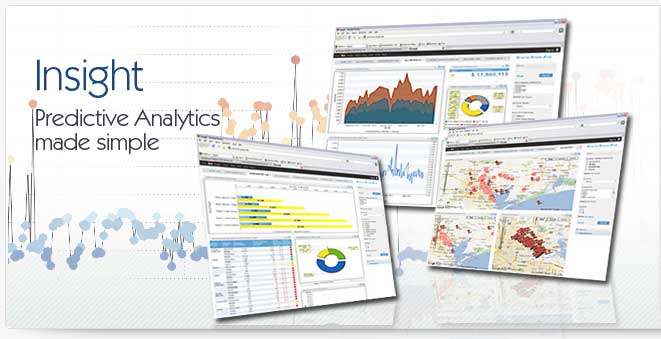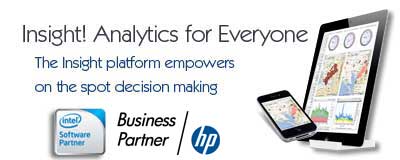Application Integration
Application integration is the process of using some form of data integration to tie multiple systems and application (typically enterprise applications) together to enable the seamless exchange of data between systems. Through application integration you could tie your CRM system and your ERP system to create what is known as a 360 degree view of the customer - where all data that affects your customers is readily available to all users in your organization. Application integration has been very popular in the enterprise world since it provides significant cost savings and advantages over manual data entry and reporting. Until recently application integration was viewed as too expensive for non-enterprise organizations, but recent applications from companies like EMANIO have made application integration feasible for even small businesses.
The Goal of Application Integration
Application integration attempts to provide unification of data between disparate systems. For example, an organization might want to ensure the data from their CRM system and their ERP system are in synch - providing a unified view of all customer data to all users in the organization. Similarly, they might want to ensure that their EDI data is automatically routed to their ERP system minimizing the amount of data entry needed. These types of tie-ins are created through application integration. Through application integration the "siloing" of information can be minimized and often eliminated, reducing costs
Growth, a Business Driver for Application Integration
One of the key business drivers for application integration is corporate growth. As companies grow they continue to bring in-house new systems designed to help specific parts of the organization. ERP, CRM, Sales Force Automation, Supply Chain Management; over time these "silos" of data can become expensive to manage, the data itself becomes out of synch between systems and the amount of data entry needed to manage the systems can become quite expensive. Through application integration companies can automate the process of data entry, minimize the amount of duplication and create a seamless stream of data throughout the organization.
Mergers, a Second Key Driver for Application Integration
Another key driver for application integration is mergers and acquisitions. As companies combine entities there is a great deal of duplication in ERP systems, CRM systems and other in-house systems designed to track information. Application integration can provide a very affordable means of tying data together and of migrating data from one system to another, saving the companies time, money and resources.
Application Integration and the Small Business
Until recently the concept of application integration was one that was reserved for enterprise organizations. The cost, complexity and resources necessary to successfully deploy an application integration project meant spending hundreds of thousands. In recent years, however, a new breed of application integration technologies from companies like EMANIO has made it cost effective an possible for small and mid-sized companies to use application integration to minimize system redundancies, lower data entry costs and provide more complete, more accurate data to employees in the organization.
Getting Started with Application Integration
As you contemplate whether application integration is right for your business, there are a number of considerations to remember. First is the question of domain knowledge. Specifically, for this technology to help you any vendor you entrust will need to have access to experts who understand the systems you have in house and can provide detailed information the setups, the available information and the means that information can be retrieved and saved into and out of these systems. An additional decision you will need to make early on is whether to bring the integration expertise in house or whether to outsource the services. Both ways of integrating have their benefits and their drawbacks and you should be weary of a company that is heavily pushing one vs. the other. In general, a good supplier will work with you to help you understand the advantages of each in comparison to your company's goals and help you make the best long-term decision for your business.
|



